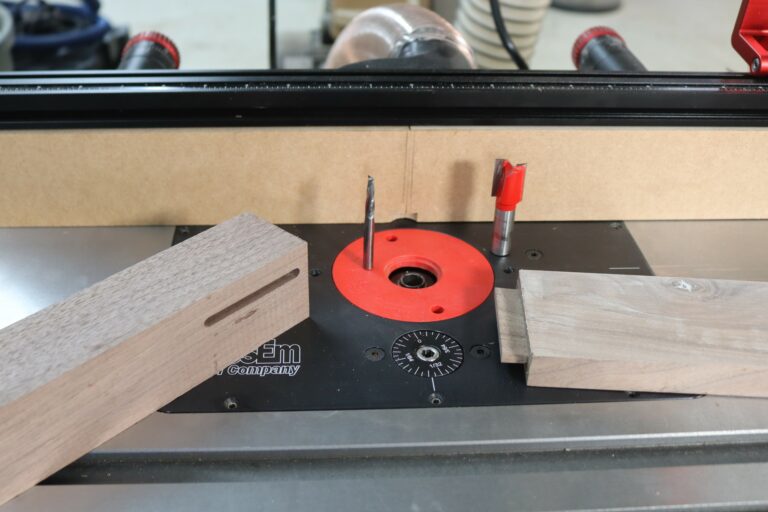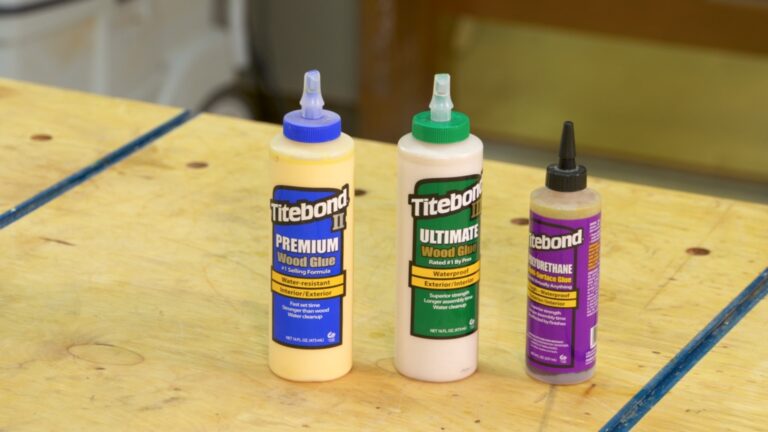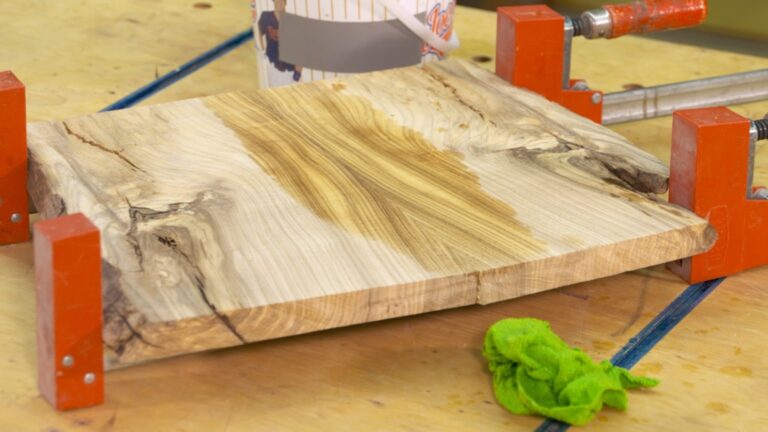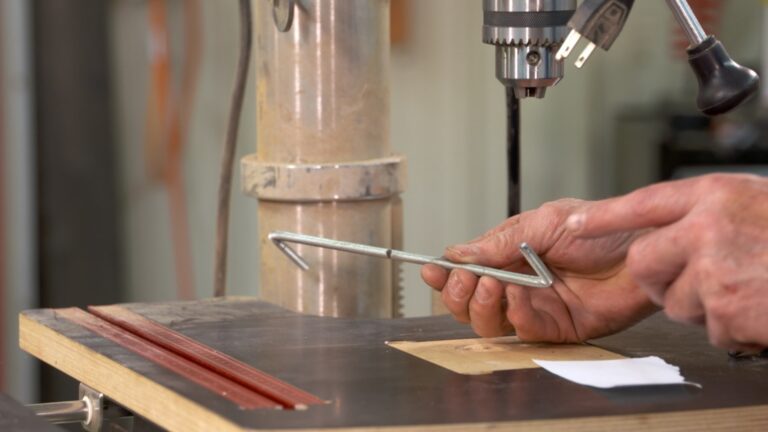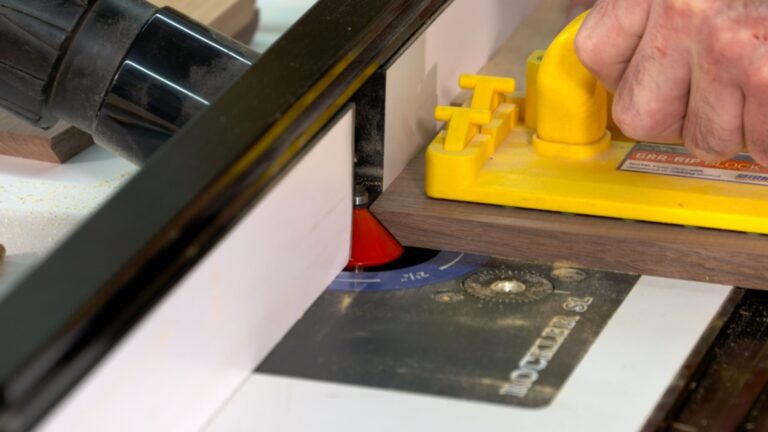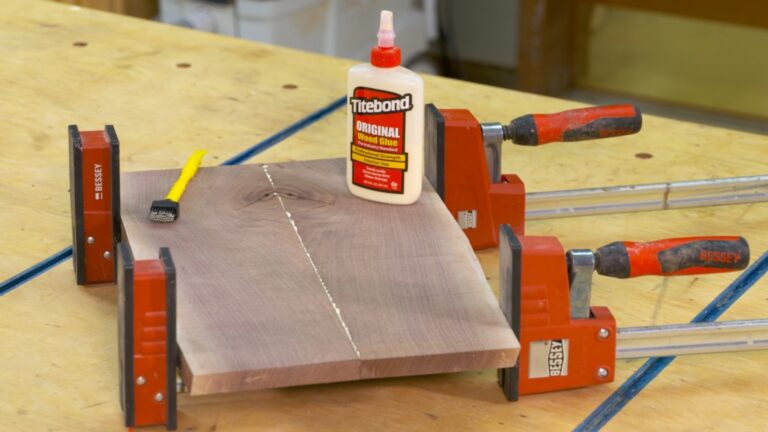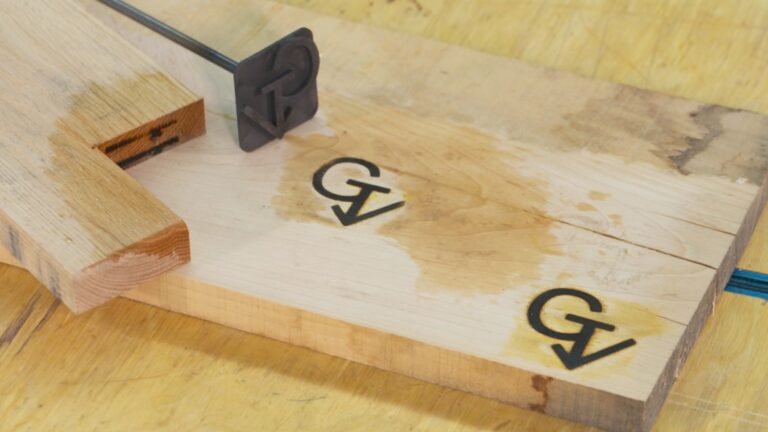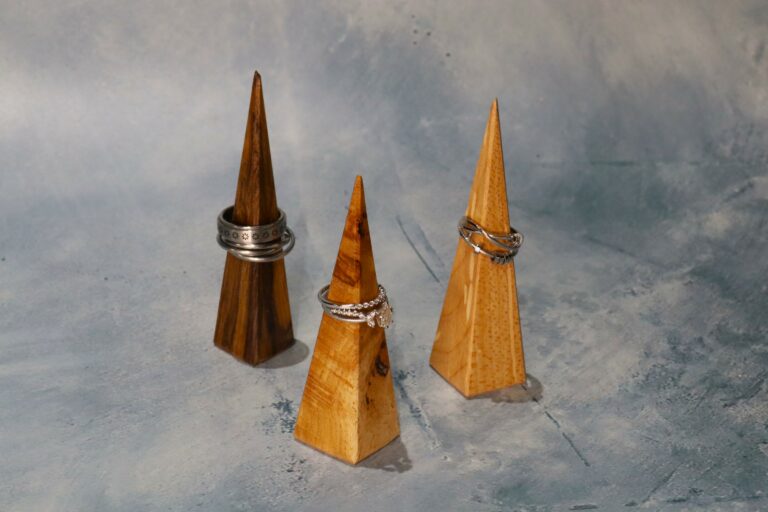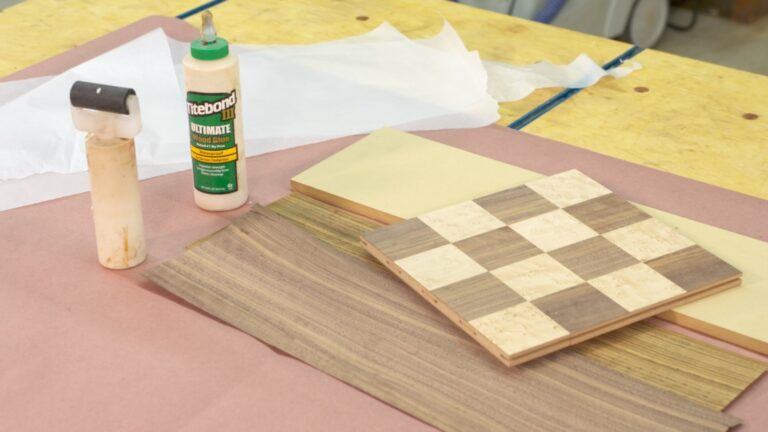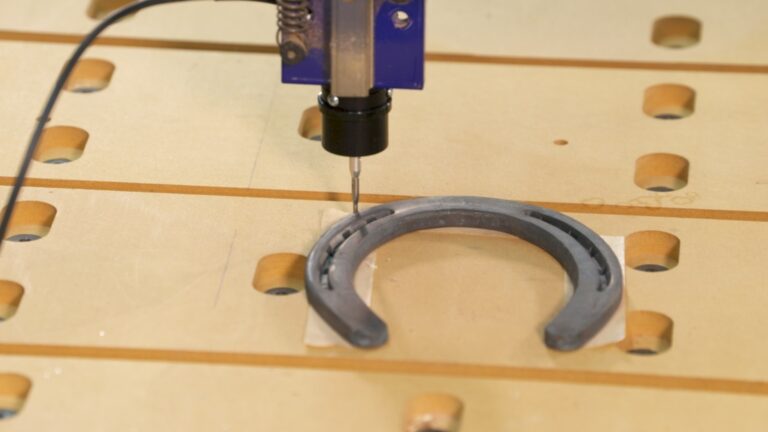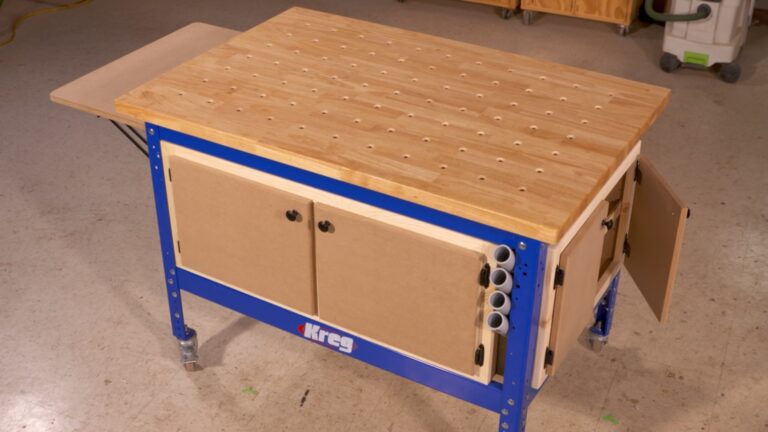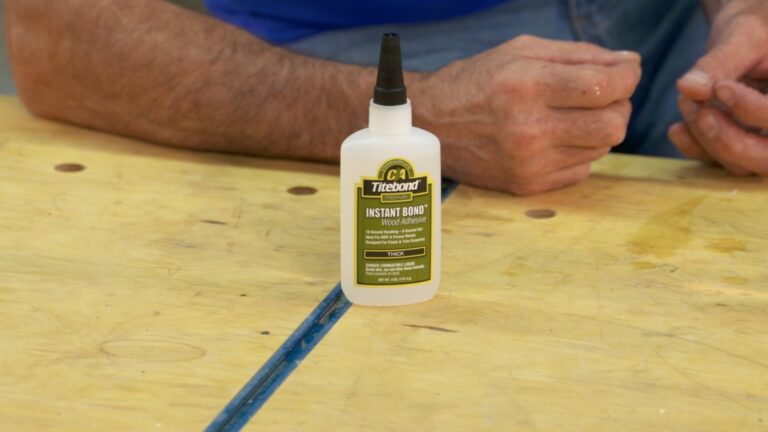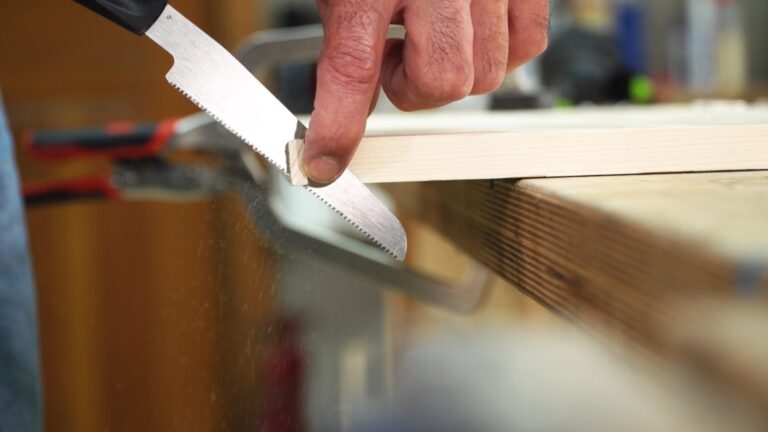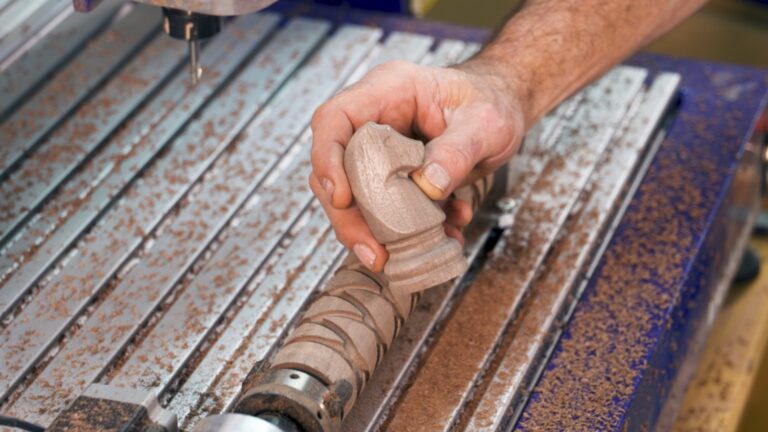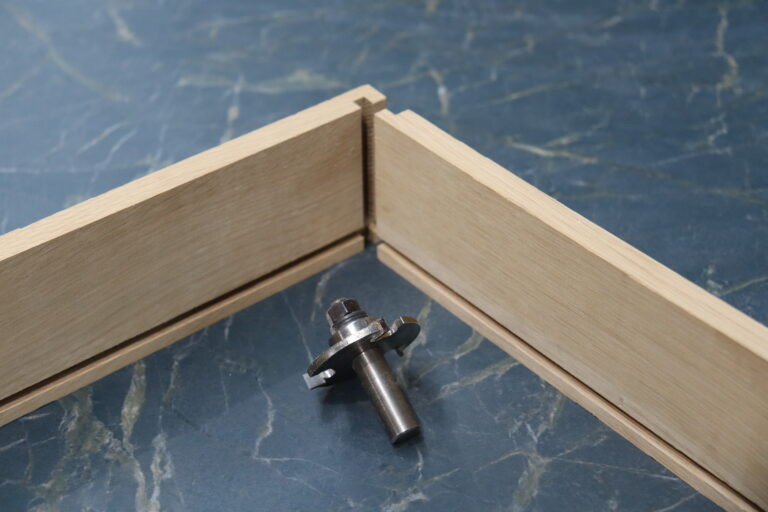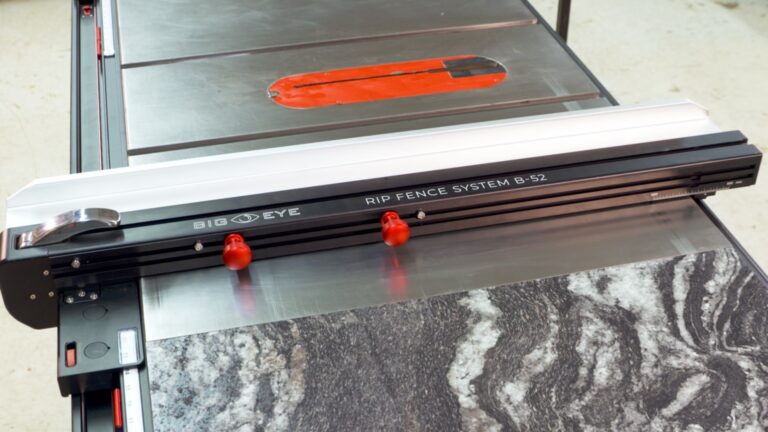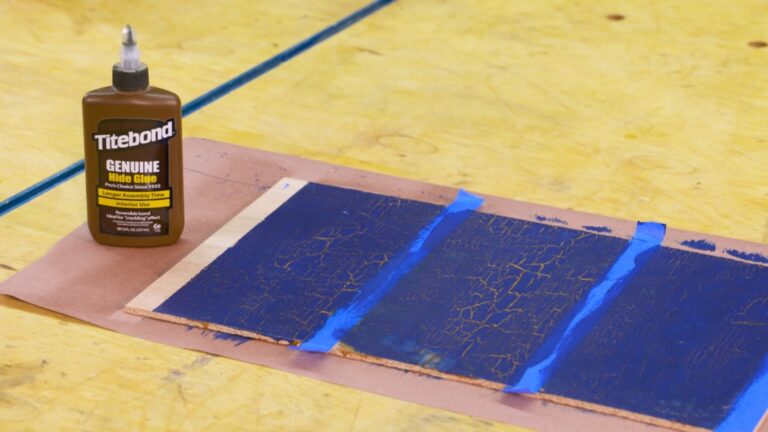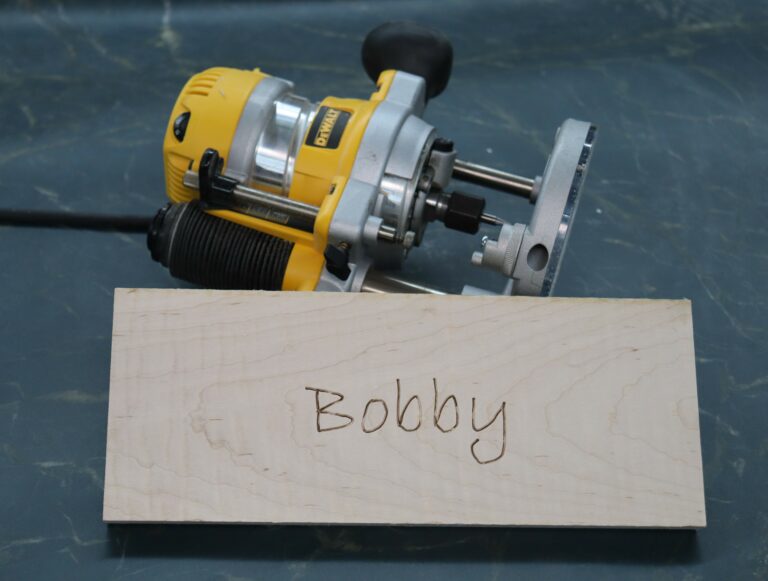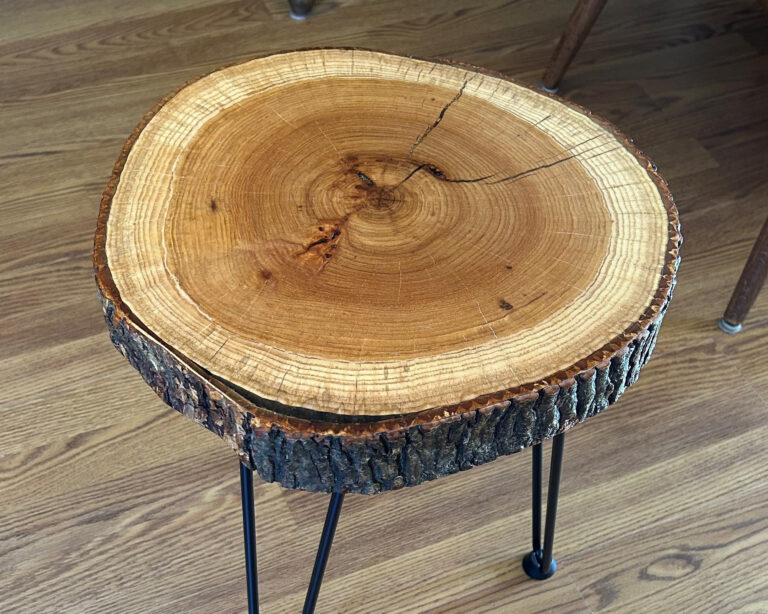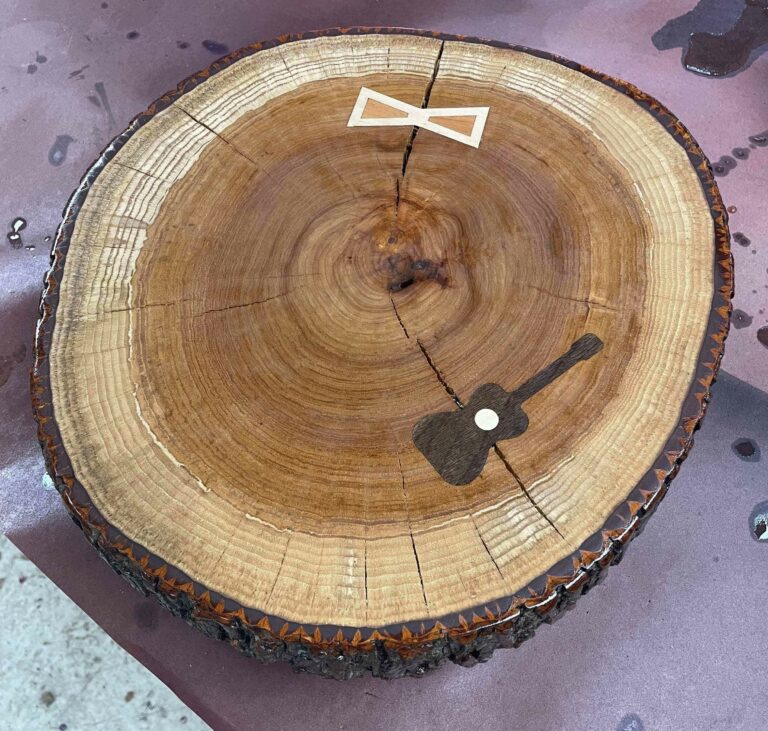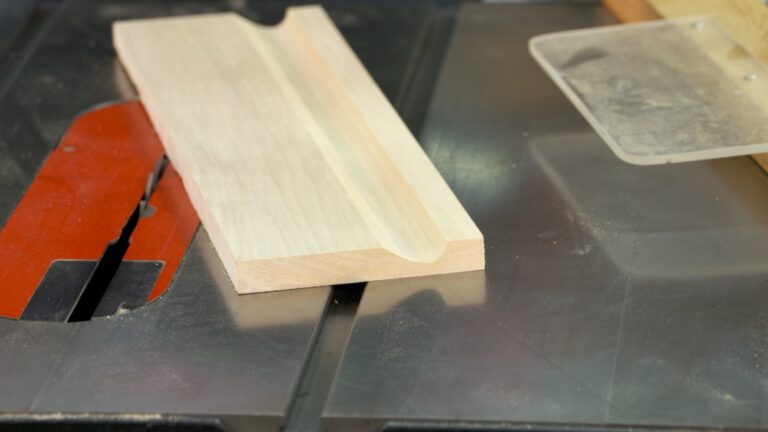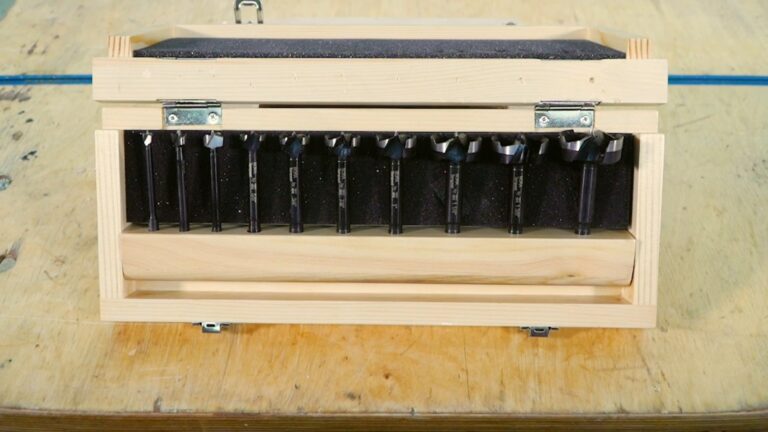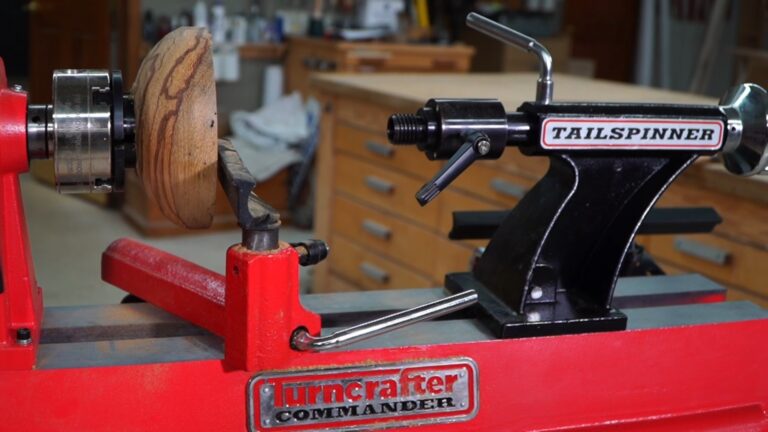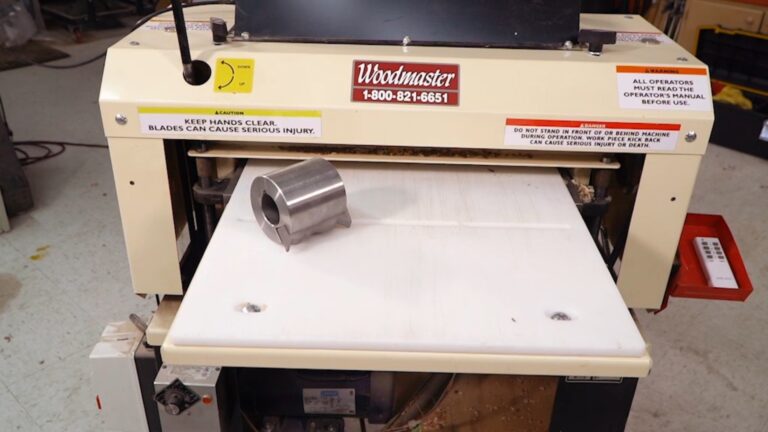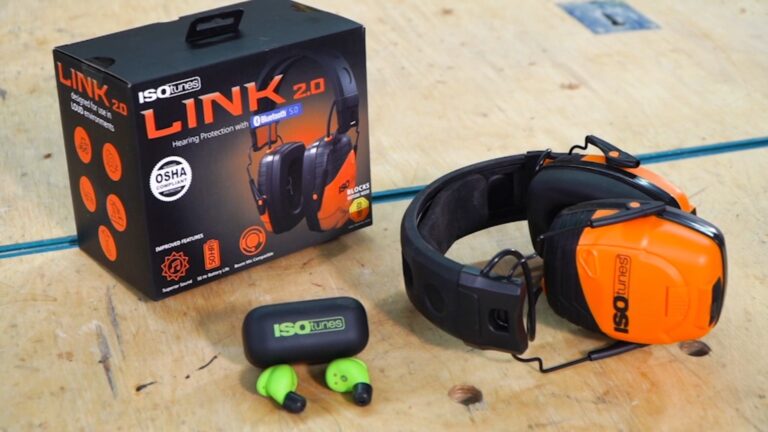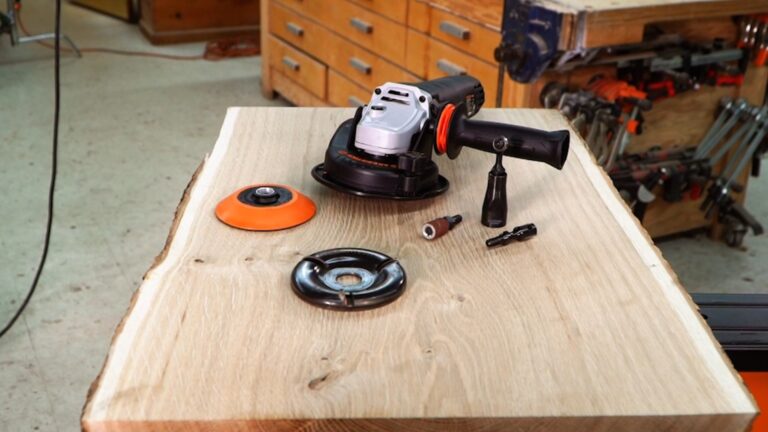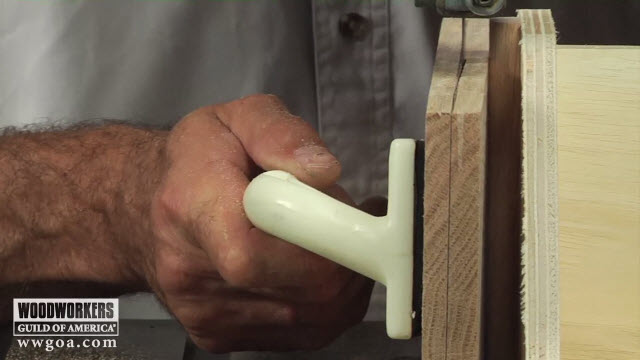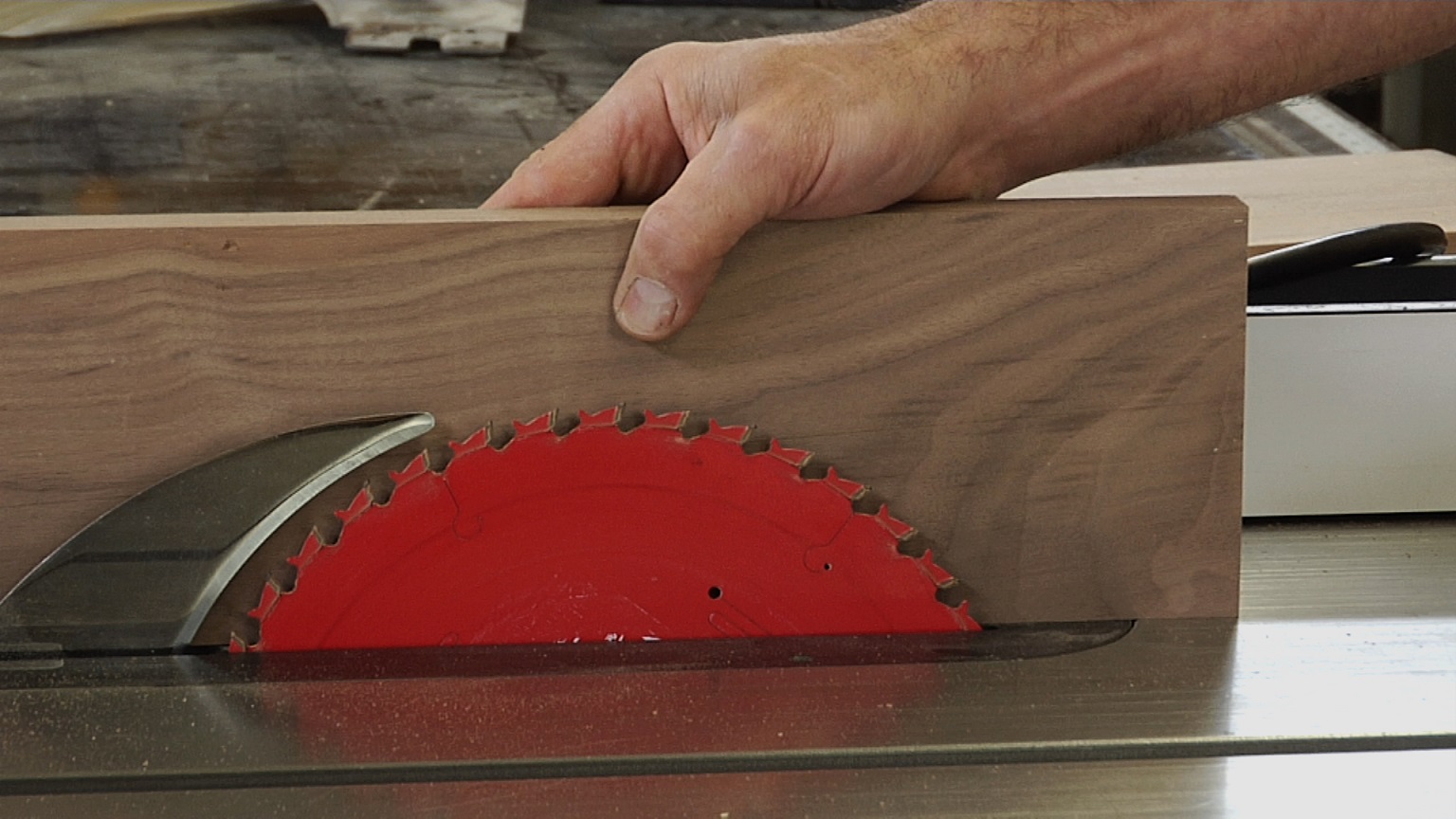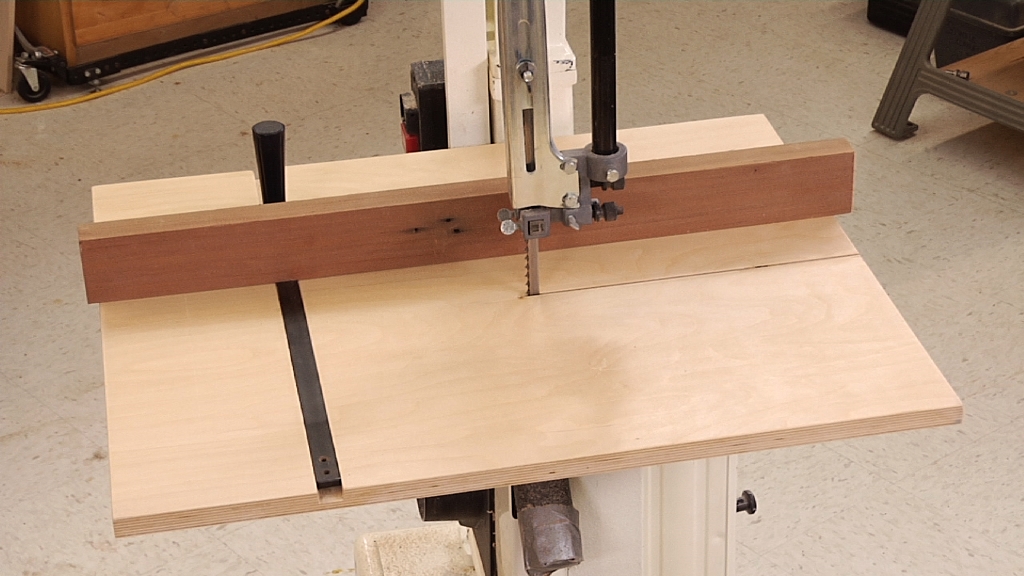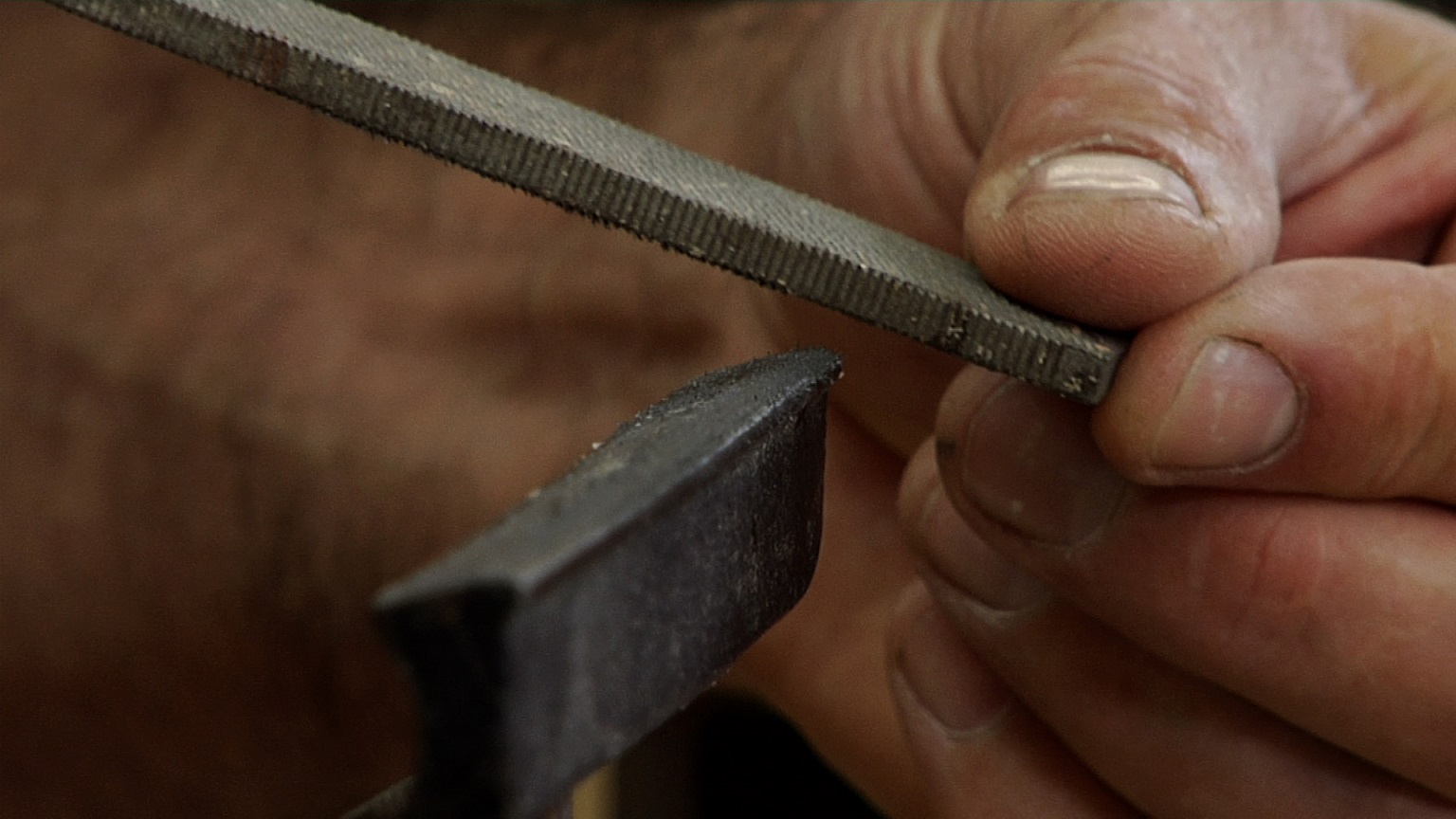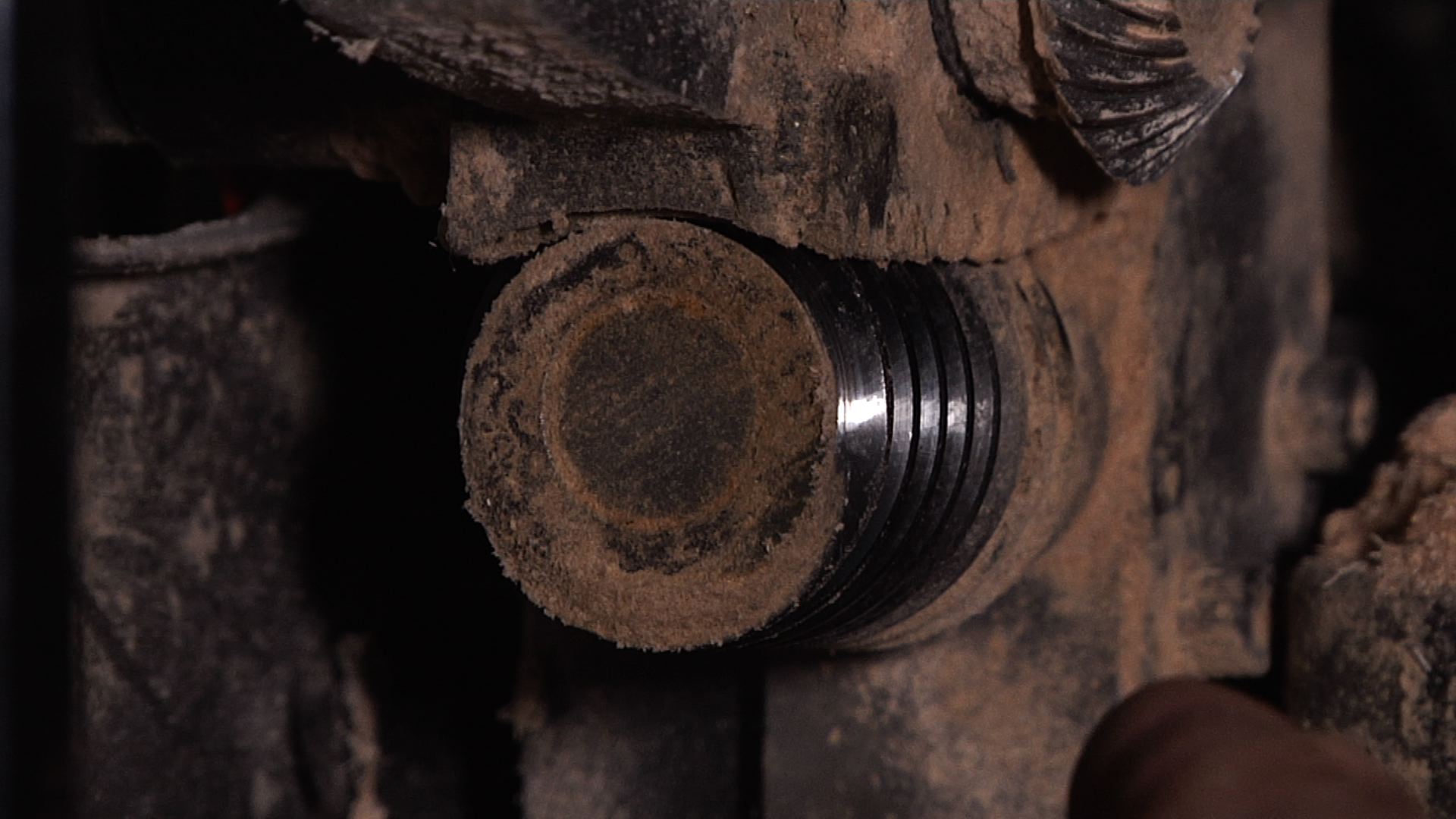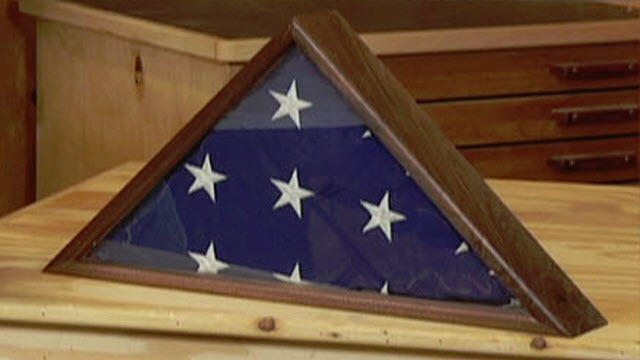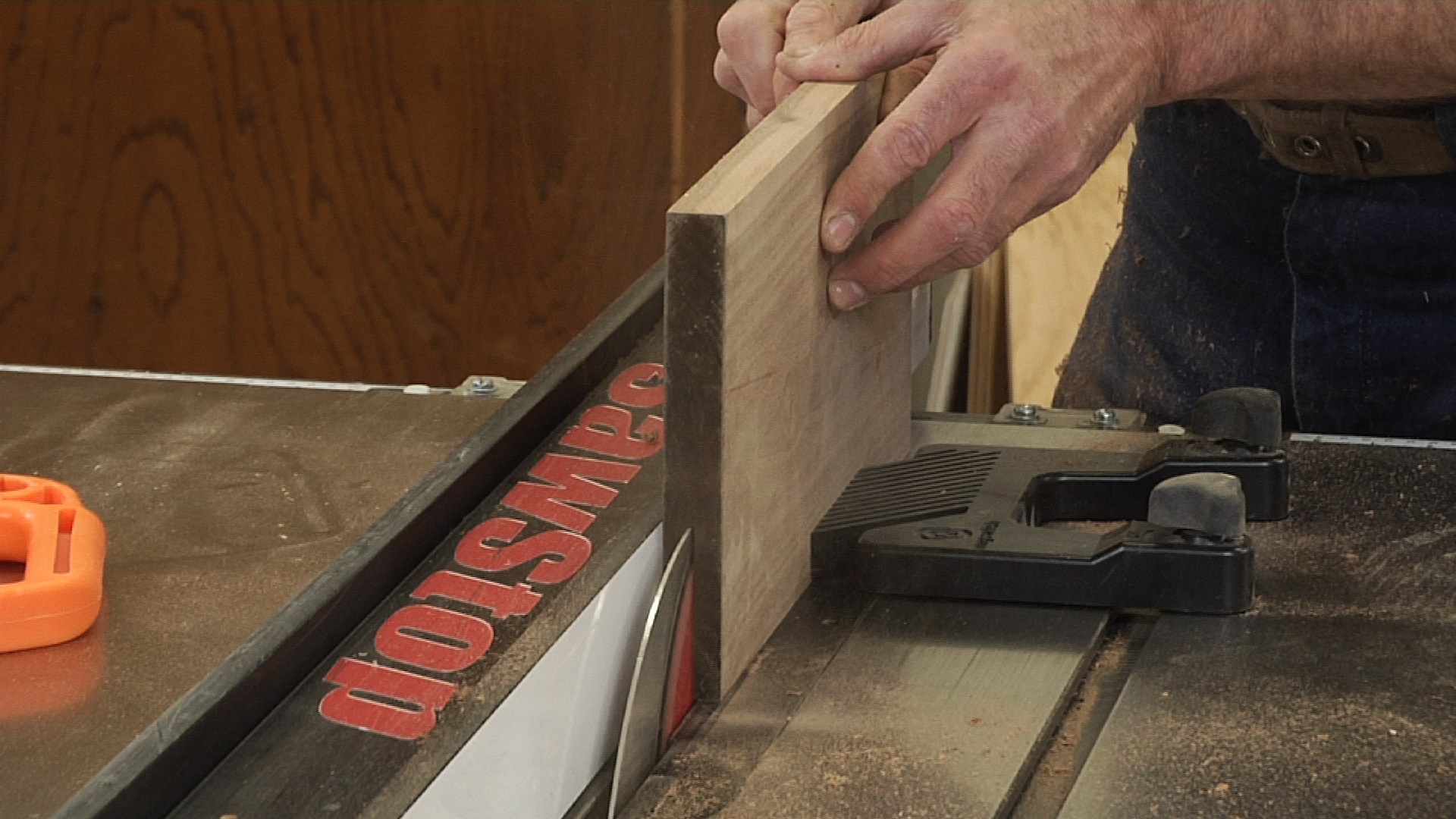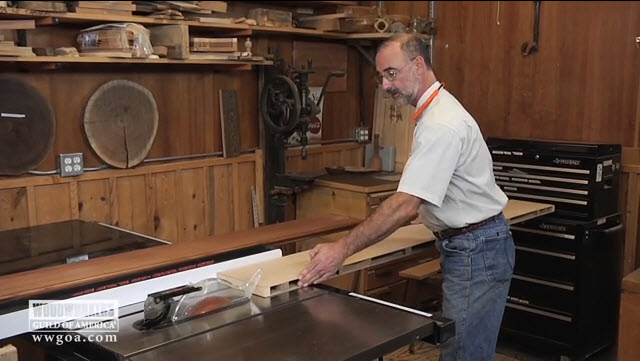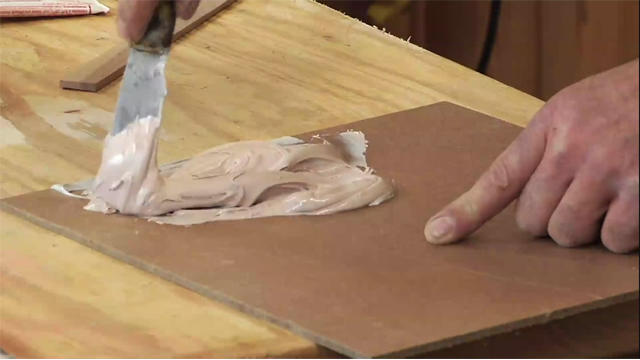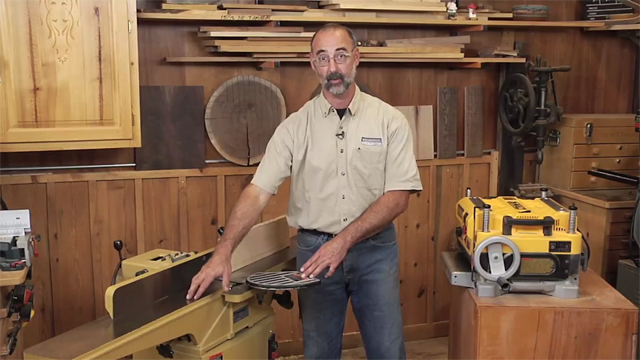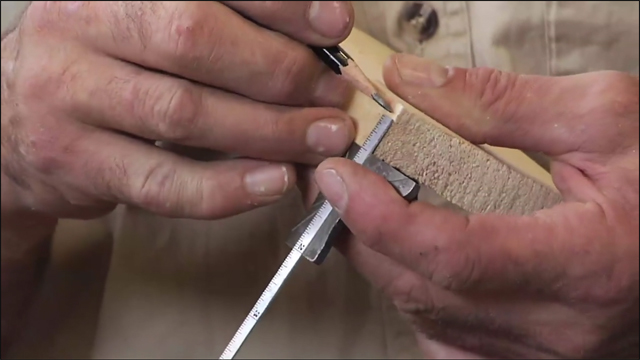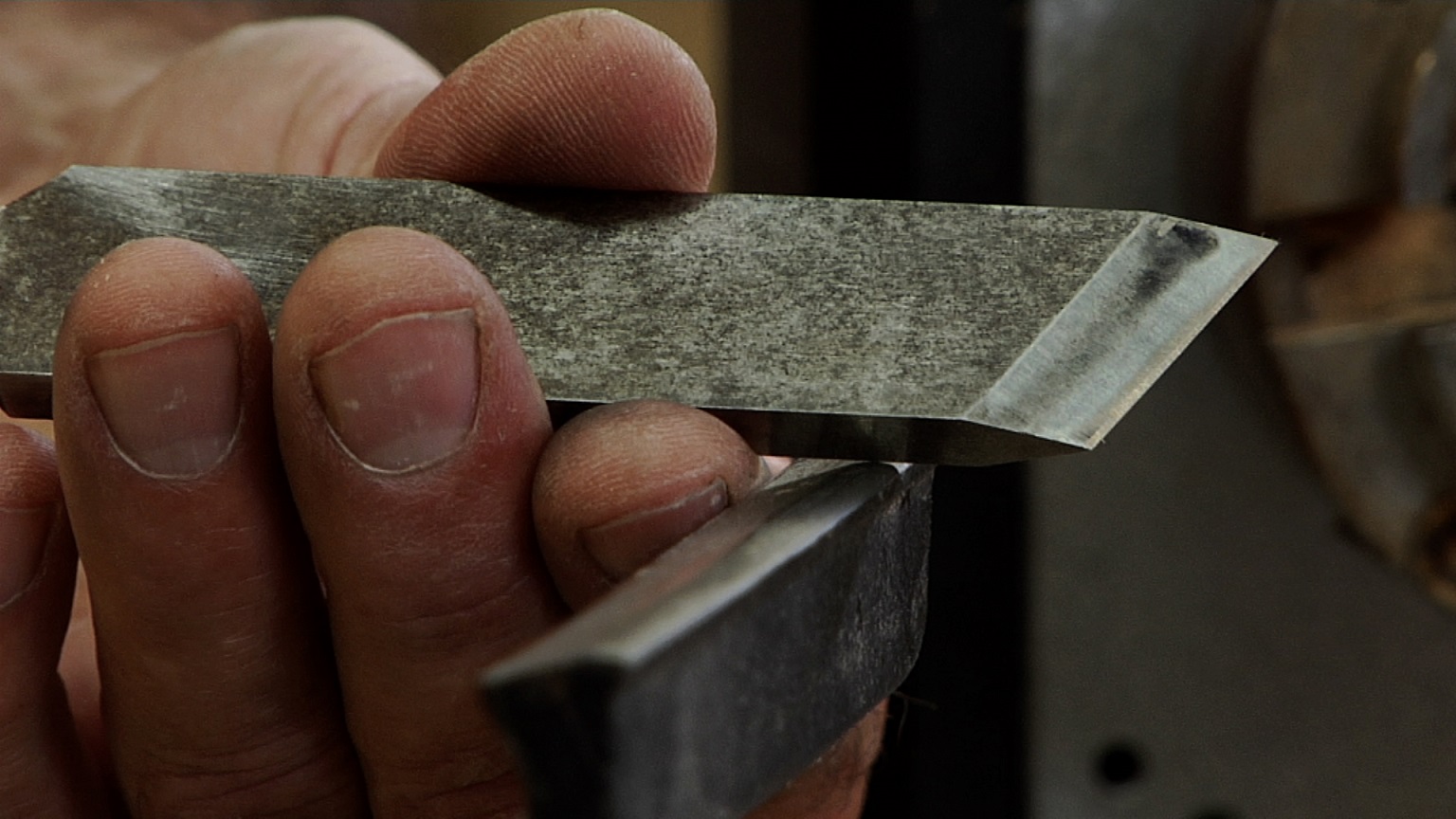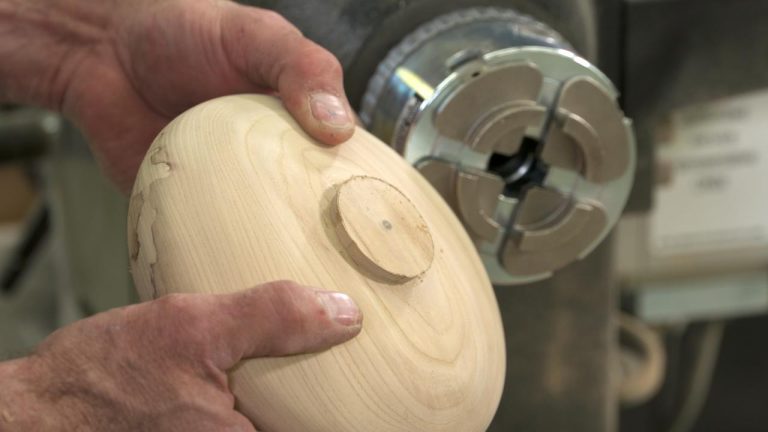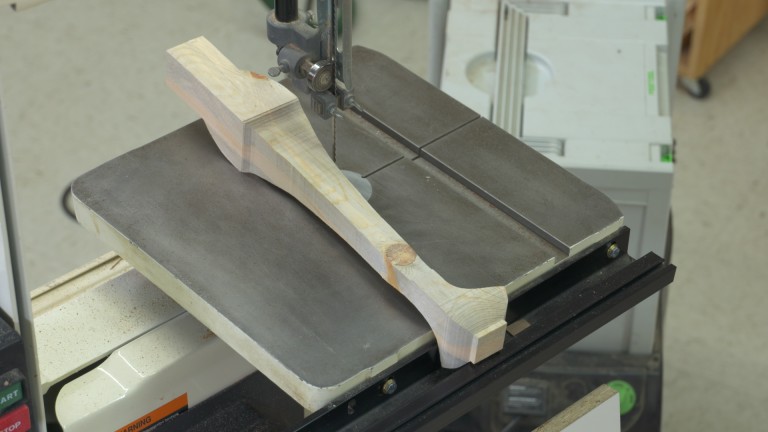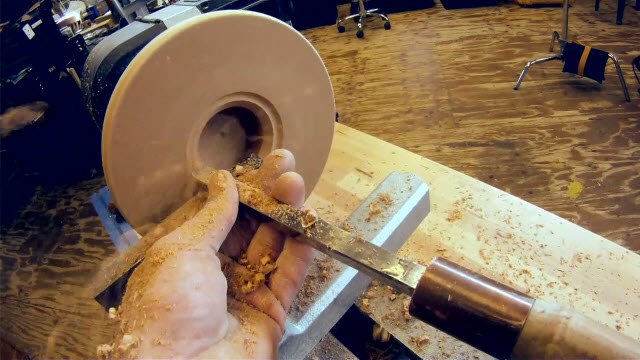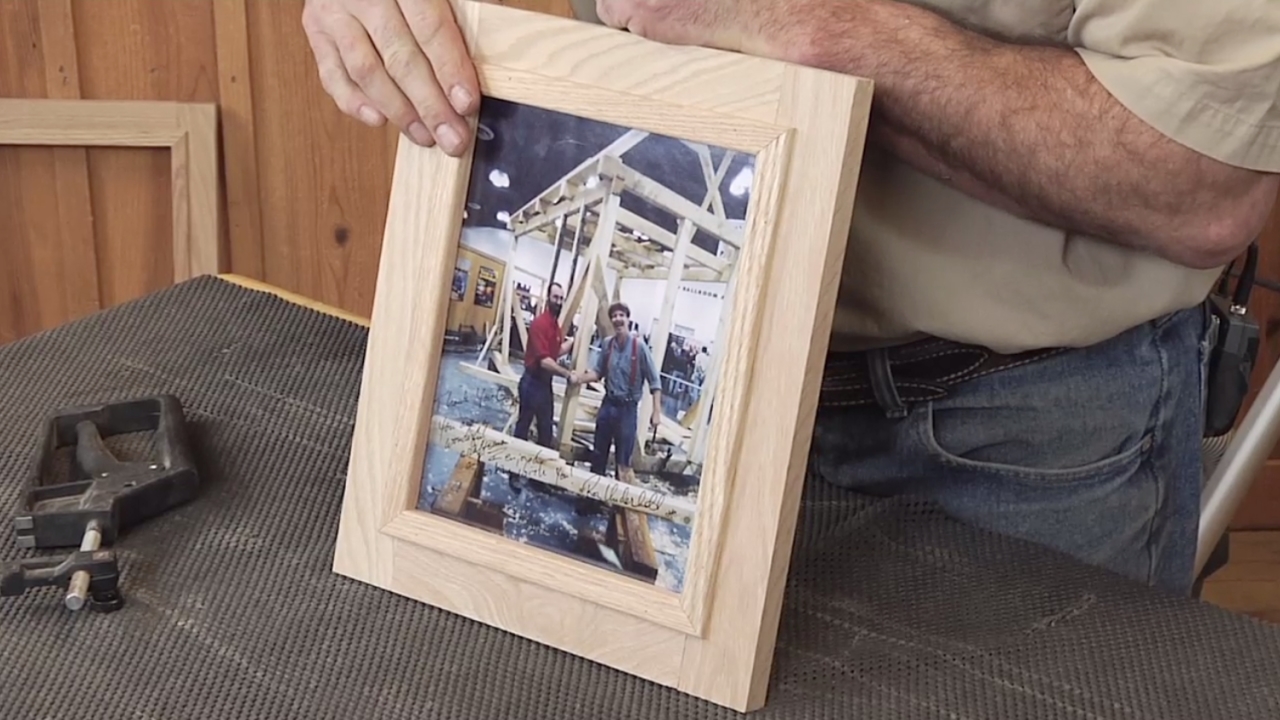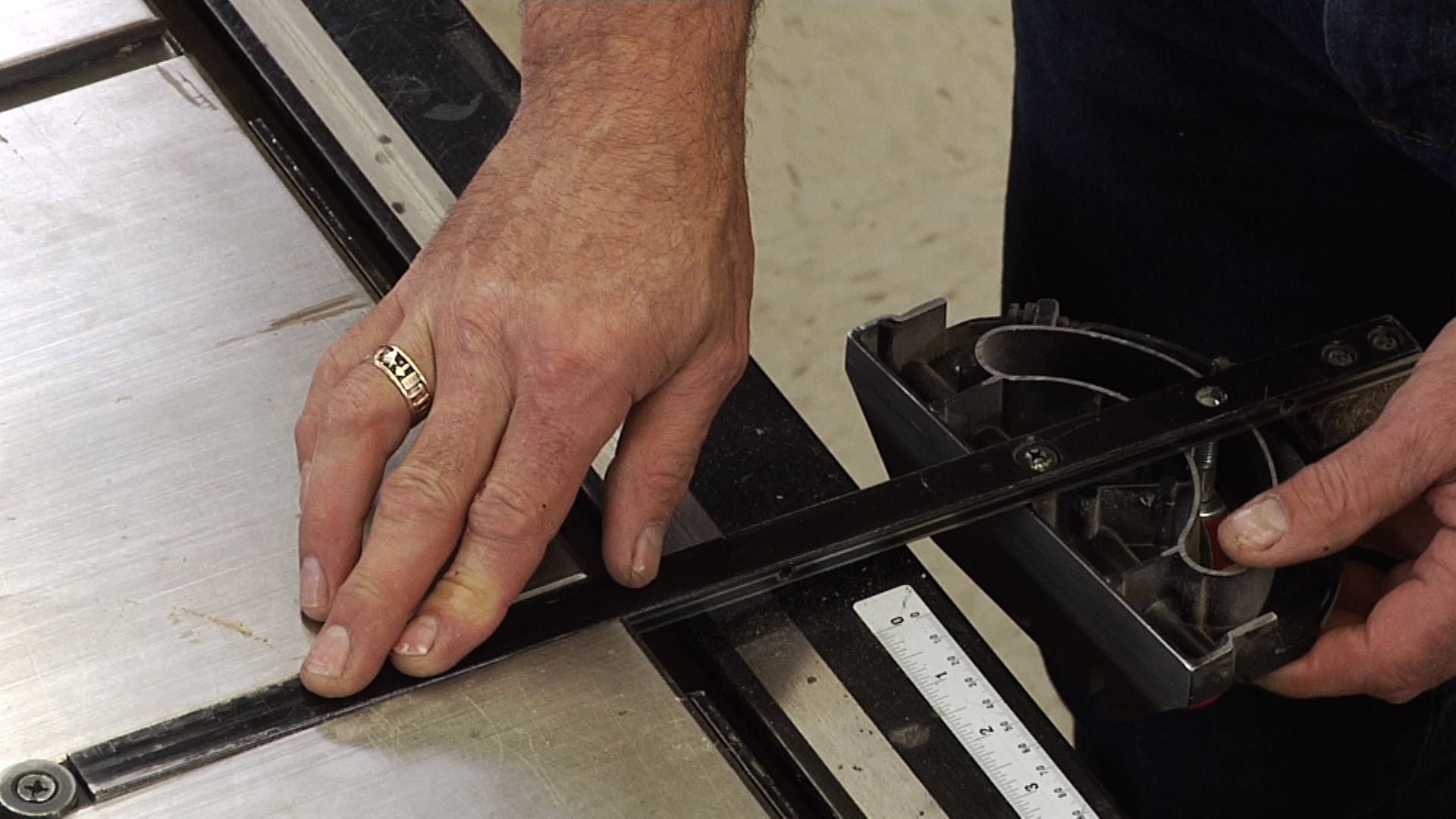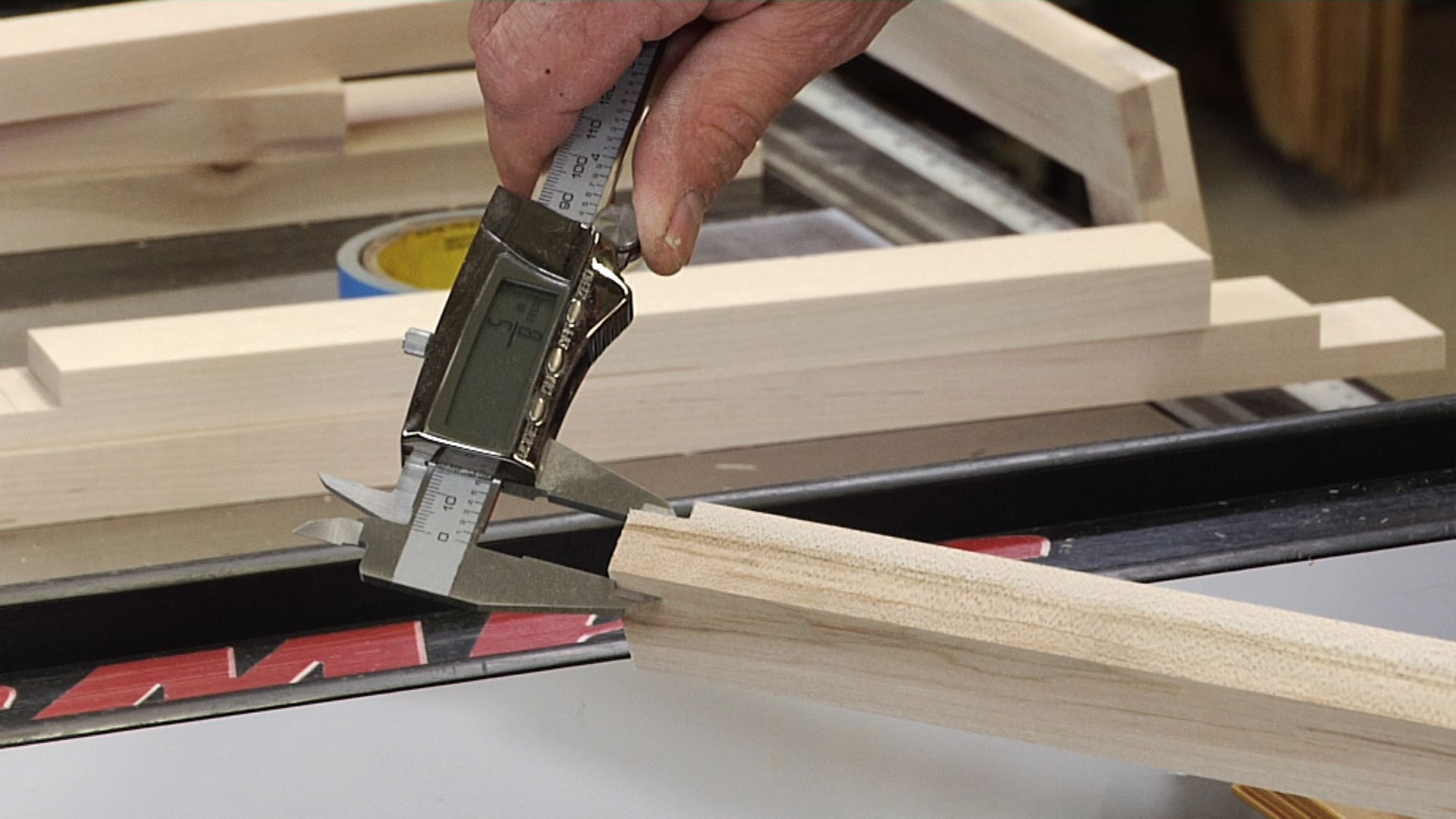
Resawing on a Bandsaw
George VondriskaResawing on the bandsaw is a skill you’ll be glad you mastered. It allows you to slice thin pieces out of thick wood so you can make book matched panels and cut your own veneer.
It is important to choose the right blade for resawing. You should use a wide blade so it won’t flex under cutting pressure. Choose a blade that is at least 1/2-in. wide. Tooth count is also important. For resawing, use a blade with 3-4 tpi (teeth/inch).
Under tension, band saw blades tend to twist slightly left or right. This is referred to as drift. Because a band saw blade drifts, there is no guarantee that the fence will remain perfectly parallel to the blade. Until you “get the drift,” it is almost impossible to resaw effectively. You can use either a shop-made or store-bought band saw fence to align the blade with the drift angle. On most of these fences, you can loosen the body of the fence from the head, set it to the drift angle and lock it. This gives you repeatability for your cuts.
Stick a piece of masking tape on your band saw table so the center is about 3/4-in. from the blade. Using a board with a jointed, straight edge, make a line about 3/4-in. from the jointed edge parallel to the board. Position the upper guide on your band saw so it is as close as possible to the work piece. Cut along the parallel line you drew on the board. Carefully follow the line. You may have to cut the board at a slight angle to the blade as you feed it to compensate for drift. When you are about halfway through the cut, freeze the board in place and shut off the saw. Trace the edge of the board onto your piece of tape. This line is your drift angle.
Loosen the fence body from the head. Lock the head on the front of the band saw table and pivot the body until it is on the drift line on the masking tape. Lock the fence body to the head and remove the masking tape from the band saw table. Now you are ready for a test cut.
Make a test cut by locking the fence in place and ripping a board. Watch for one of three things to happen. If: 1) The edge of the board separates from the fence on the exit side of your cut, the fence is angled too far to the left (from the operator’s side of the saw). 2) The cut feels like it might begin to bind, the fence is angled too far to the right. 3) The board feeds without any problems, you are clear to resaw. If you experience either of the first two, you’ll need to adjust the fence angle.
Once you’ve got the drift angle locked in on your band saw fence, you can use your band saw like a table saw. Position the fence anywhere and you’ll make a perfect cut. Similar to resaw cuts such as book matching and veneers, this is a great way to rip small pieces like those required for turning pens. If you remove and later reinstall the same resaw blade, check for drift before making any cuts. If your band saw blade is brand new, it may stretch slightly after use, possibly affecting the drift angle. Check your setup after a few cuts to ensure it is still cutting perfectly.
Explore videos by George Vondriska
You may be interested in
Premium Membership
Unlock exclusive member content from our industry experts.
- 24/7 Access to Premium Woodworking Videos, Projects, and Tips
- Step-by-Step Instructional Demos, Plans, and Tutorials
- 50% Off Video Downloads Purchased in the Woodworkers Guild of America Shop
- 2 Printable Woodworking Plans
Unlock exclusive member content from our industry experts.
- 24/7 Access to Premium Woodworking Videos, Projects, and Tips
- Step-by-Step Instructional Demos, Plans, and Tutorials
- 50% Off Video Downloads Purchased in the Woodworkers Guild of America Shop
- 2 Full-Length Video Downloads to Watch Offline
- 2 Printable Woodworking Plans
Gold Membership
$370 Value
Get everything included in Premium plus exclusive Gold Membership benefits.
- 24/7 Access to Premium Woodworking Videos, Projects, and Tips
- Step-by-Step Instructional Demos, Plans, and Tutorials
- 8 Full-Length Video Downloads to Watch Offline
- 3 Full-Length Woodworking Classes to Keep for Life
- 7 Printable Woodworking Plans
- Discounts on Purchase-to-Own Content in the Woodworkers Guild of America Shop
- Access to Ask the Expert Program
- Exclusive GOLD LIVE Streaming Events




